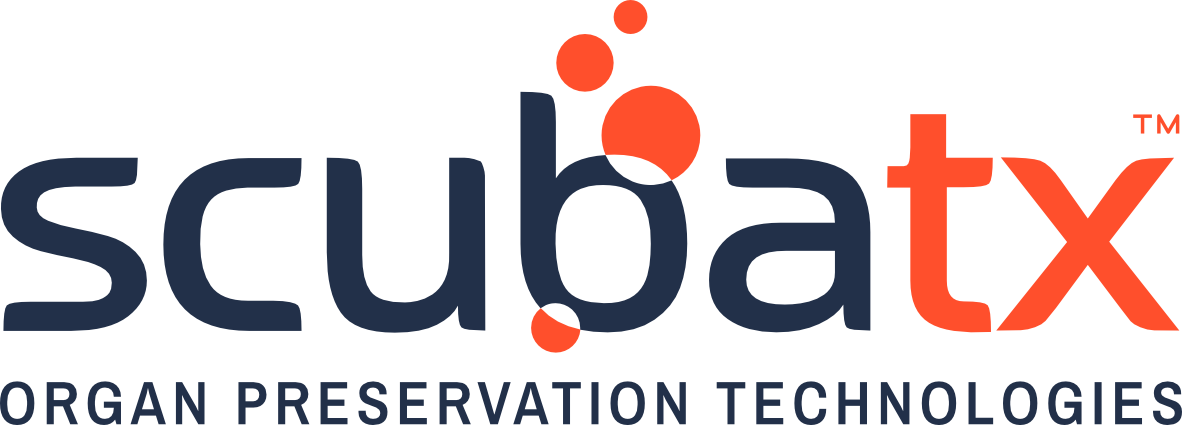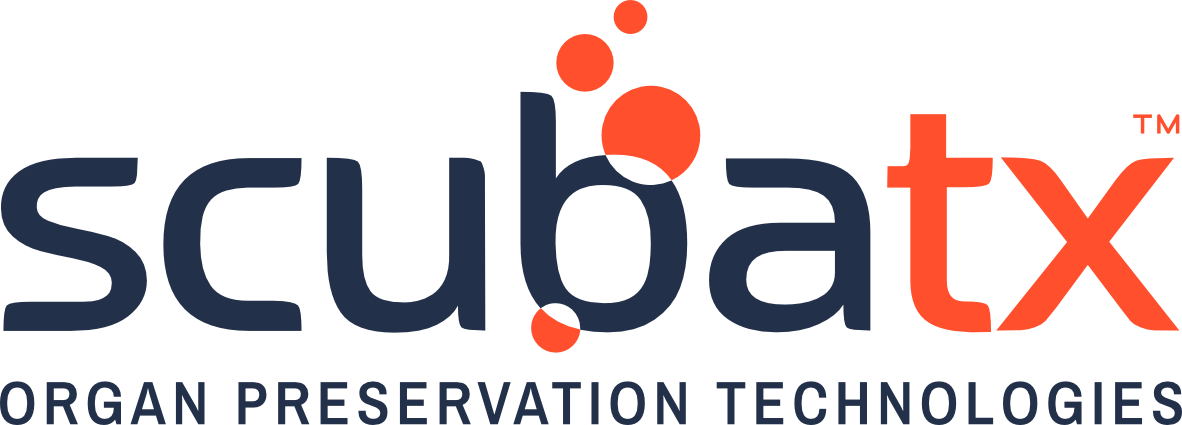Crossing the Chasm of Hospital Innovation: From Lab to Operating Room
Hospitals are built to protect patients, not to enable innovation — and that mindset, while essential, can make it harder for life-saving technologies to reach those who need them most.
At ScubaTx, our mission is simple but ambitious: to transform the way organs are preserved and transported. Every year, thousands of potentially transplantable organs never reach patients because of limitations in preservation and logistics. We’re working to change that — to give organs more time, and clinicians more opportunity to save lives.
But as we’ve learned on our journey from laboratory success to real-world adoption, the hardest part of innovation isn’t discovery. It’s implementation. Getting a new technology used in hospitals — safely, confidently, and sustainably — is a challenge that every healthcare innovator faces.
Next week, we’ll be joining a panel in Houston on “From Lab to OR: Crossing the Chasm of Hospital Innovation.” Ahead of that discussion, we wanted to share some reflections on what it really takes to bring a medical innovation like ours from the bench to the bedside.
The Safety Mindset Paradox
Hospitals exist to protect patients — that’s their purpose and their pride. Every new device or therapy is evaluated through the lens of risk: Could this cause harm? Could this disrupt a process that already works?
That mindset is essential. But it can also slow the adoption of technologies designed to reduce risk — technologies that could improve patient outcomes if only they were used sooner.
This is what we call the safety mindset paradox: the systems that make hospitals safe can make them slow. The path forward isn’t to dismantle that safety culture, but to design innovation processes that respect it — creating controlled, transparent environments for early clinical use where clinicians can learn and trust without compromising patient care.
In the UK, these ideas are taking shape through NHS innovation accelerators and “test beds.” In the U.S., we’re seeing similar efforts through FDA’s Breakthrough Device programme and innovation hubs in leading hospitals such as Houston Methodist and the Cleveland Clinic. The momentum is growing, but translating it into day-to-day adoption remains hard work.
The Multi-Stakeholder Maze
In transplantation, the adoption challenge is magnified by complexity. The Organ Procurement Organisations (OPOs) that recover organs and the transplant centres that perform surgeries are separate entities — each with their own governance, budgets, and priorities.
At ScubaTx, our customers are often the OPOs who handle the organs, but the ultimate beneficiaries — and advocates — are the transplant surgeons who rely on the organs’ quality. That creates an intricate ecosystem where no single stakeholder has both the incentive and the authority to drive adoption.
This fragmentation isn’t unique to transplantation. Across healthcare, innovators face what might be called decision diffusion: everyone is interested, but no one fully owns the change. Success depends on building coalitions — aligning clinical champions, operational teams, and financial sponsors around a shared value proposition.
The Evidence Paradox
Another hurdle is the evidence paradox: hospitals and regulators want robust real-world evidence before adopting a new technology, but innovators need adoption to generate that evidence.
To break that cycle, innovators must design validation programmes that mirror real workflows early — not just ideal lab conditions. For us, that means engaging with OPOs and transplant centres together, collecting metrics that matter to both, and proving not only clinical benefit but operational feasibility.
Ultimately, data builds trust. But the right data — clinically relevant, transparent, and shareable — is what accelerates adoption.
Innovation Economics: Who Pays, Who Benefits?
Even when the clinical case is clear, the economic one may not be.
In organ preservation, for instance, an OPO might purchase the technology, but the cost savings or improved outcomes are realised by the transplant centre and the wider healthcare system. This misalignment of cost and benefit is one of the biggest hidden barriers to innovation in healthcare.
In the UK, centralised procurement can at least coordinate these discussions. In the U.S., every hospital system and OPO is effectively its own micro-market, each with its own procurement processes and priorities. For innovators, that means navigating longer cycles and diverse requirements — but also opportunities to partner closely with early adopters who share the vision.
Lessons from Both Sides of the Atlantic
As a UK company working to enter the U.S. transplant ecosystem, we see two very different innovation cultures.
The UK system rewards discipline: rigorous trials, cost-effectiveness, and careful national coordination. The U.S. system rewards agility: speed to adoption, clinician leadership, and commercial scalability.
For ScubaTx — and many others working across borders — the opportunity lies in combining the best of both: the UK’s evidence-driven discipline with the U.S.’s appetite for clinical entrepreneurship.
Towards a Culture of Safe Innovation
Ultimately, crossing the chasm from lab to OR is not just a technical journey — it’s a cultural one.
Clinicians, innovators, and healthcare providers all want the same thing: better outcomes for patients. But we often speak different languages — one of evidence, one of engineering, one of economics. Bridging those languages is the real work of translation.
For innovation to thrive in hospitals, we need three things:
Data that clinicians can trust and administrators can act on.
Dialogue that involves every stakeholder early and openly.
Delivery that integrates seamlessly into existing workflows.
At ScubaTx, that’s what drives us. Because every extra hour an organ remains viable is an hour that could change — or save — a life.
Innovation only matters when it reaches the operating room.
About ScubaTx
ScubaTx is a UK-based medical technology company developing an advanced organ preservation platform designed to improve transplant outcomes and extend organ viability.

